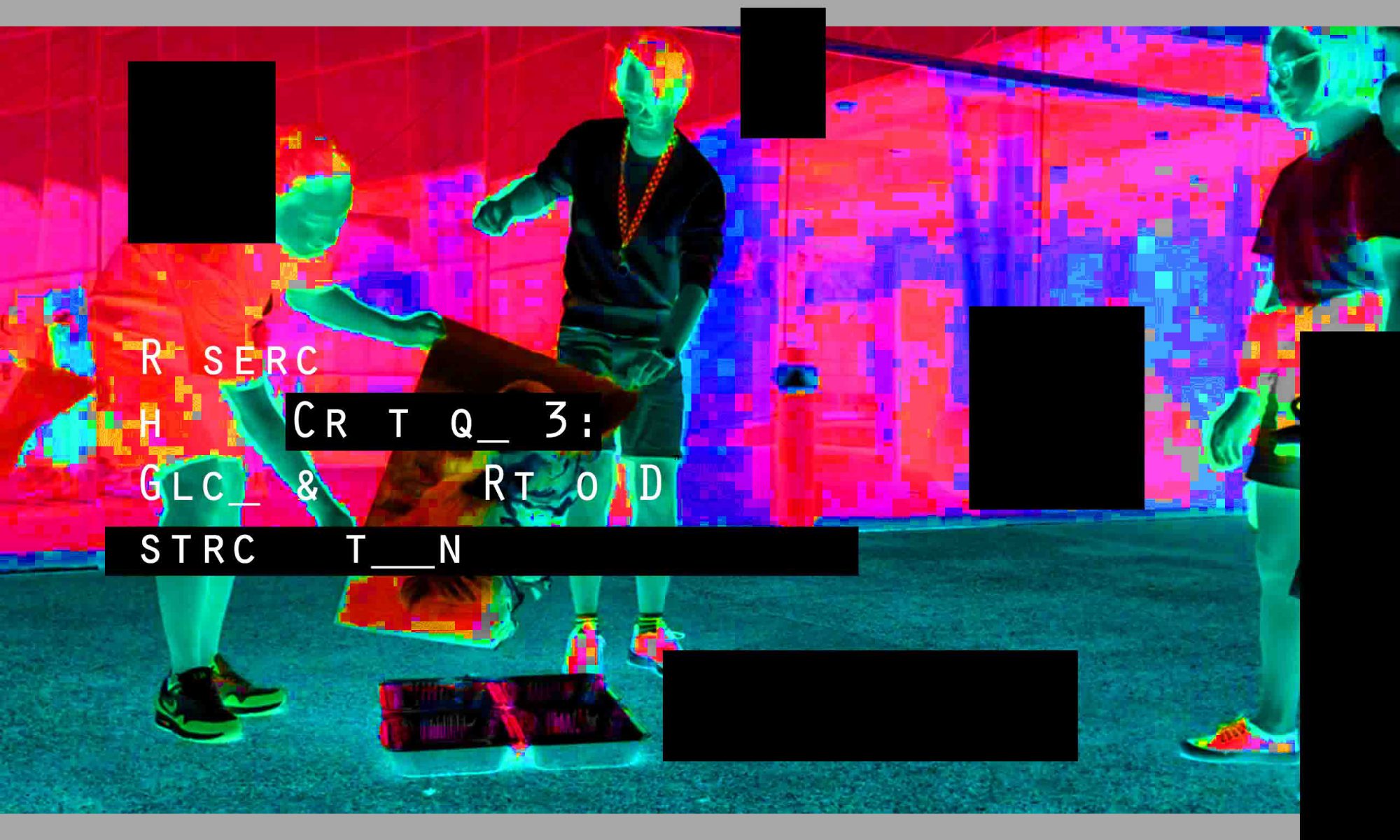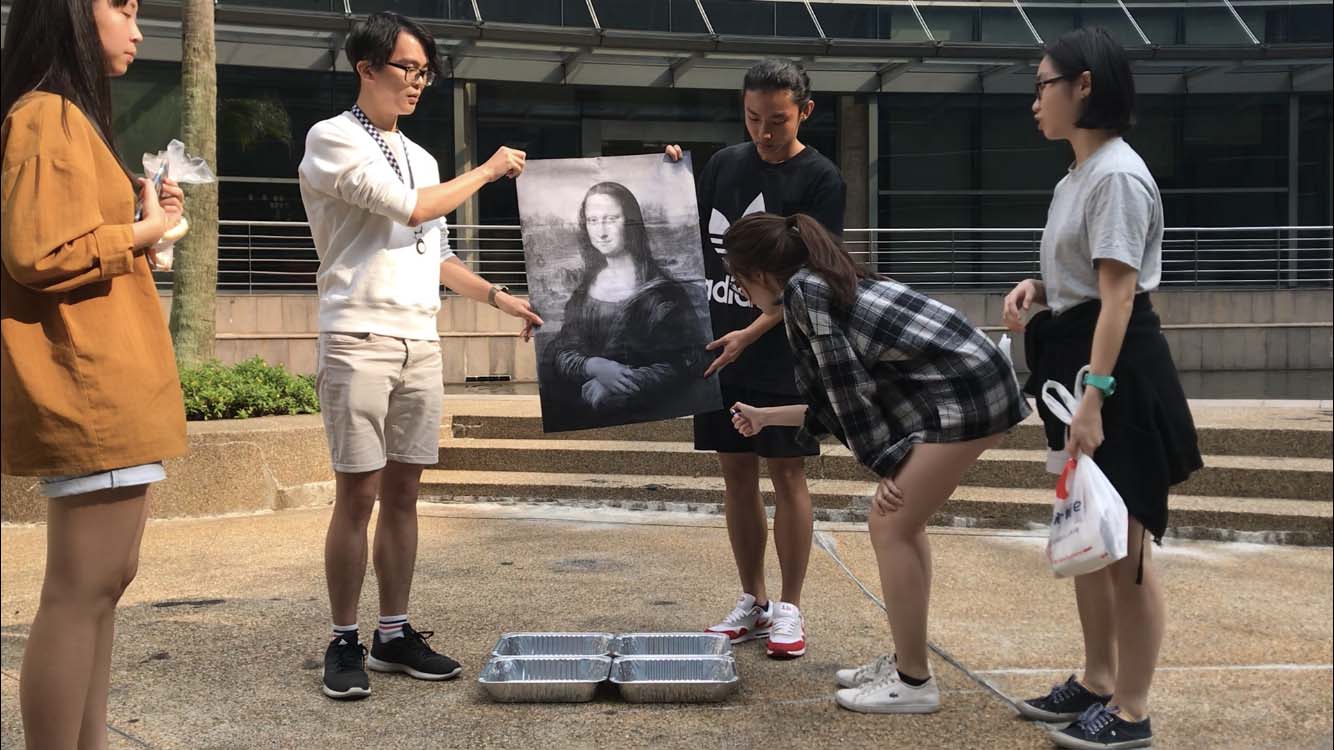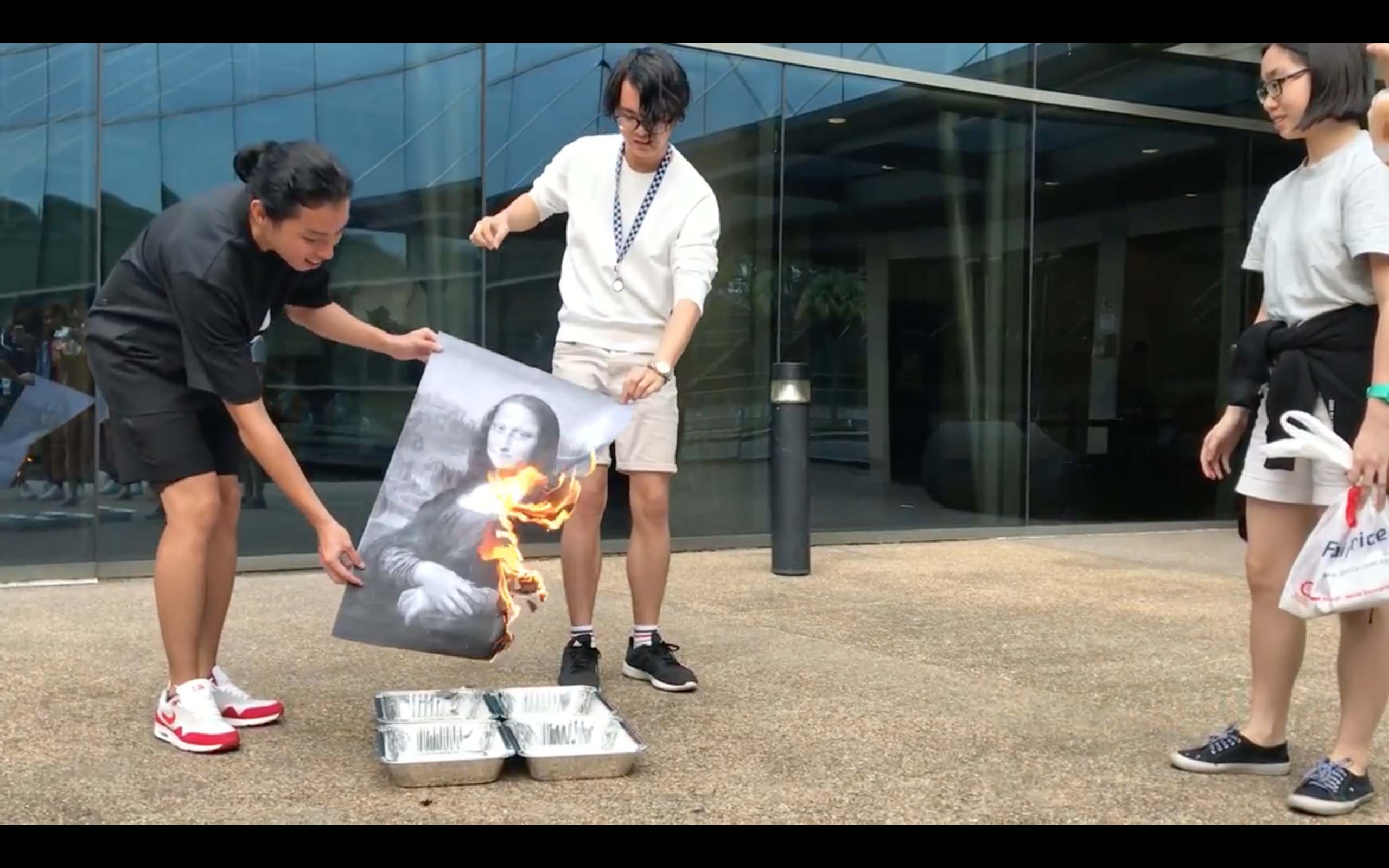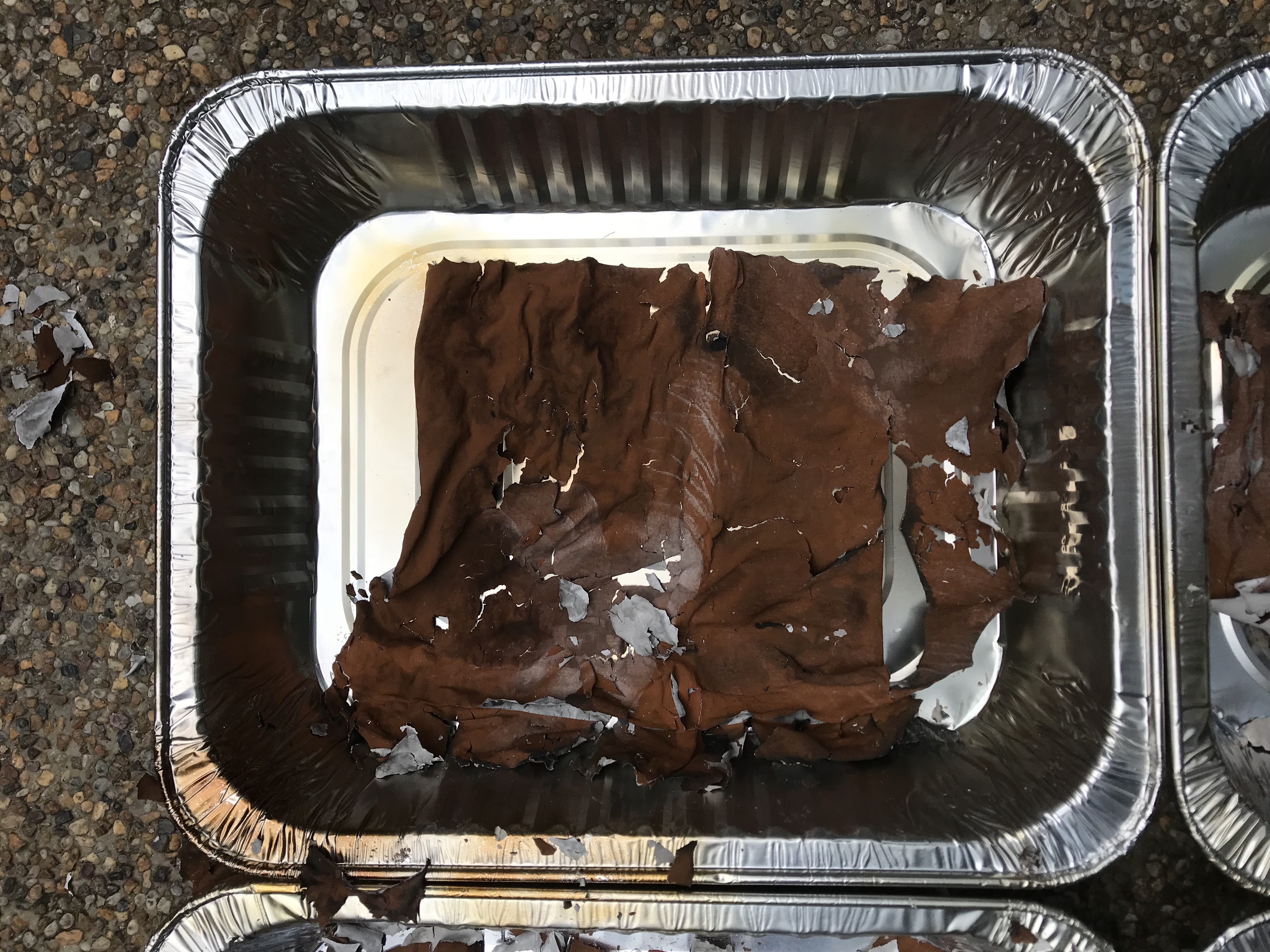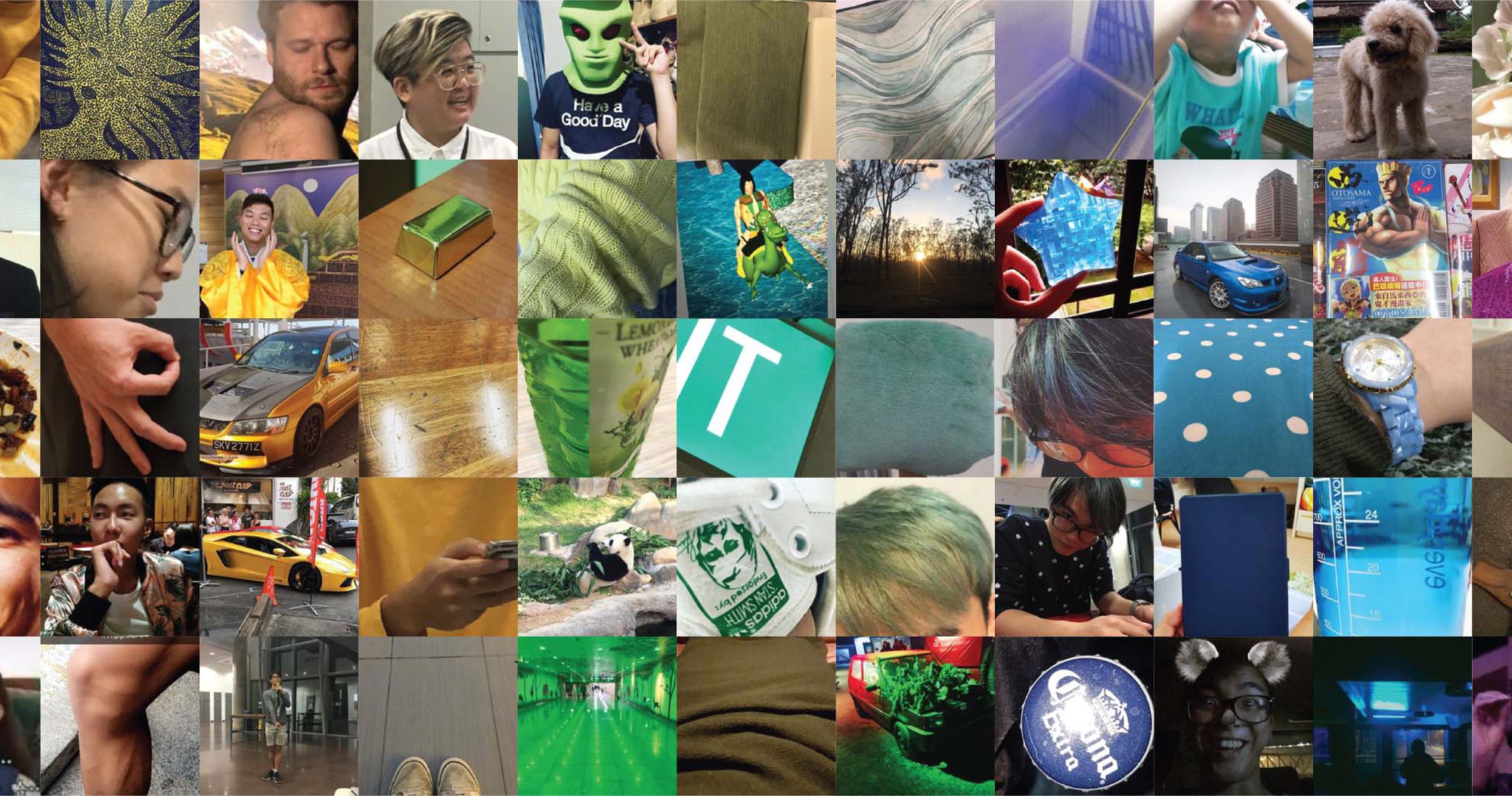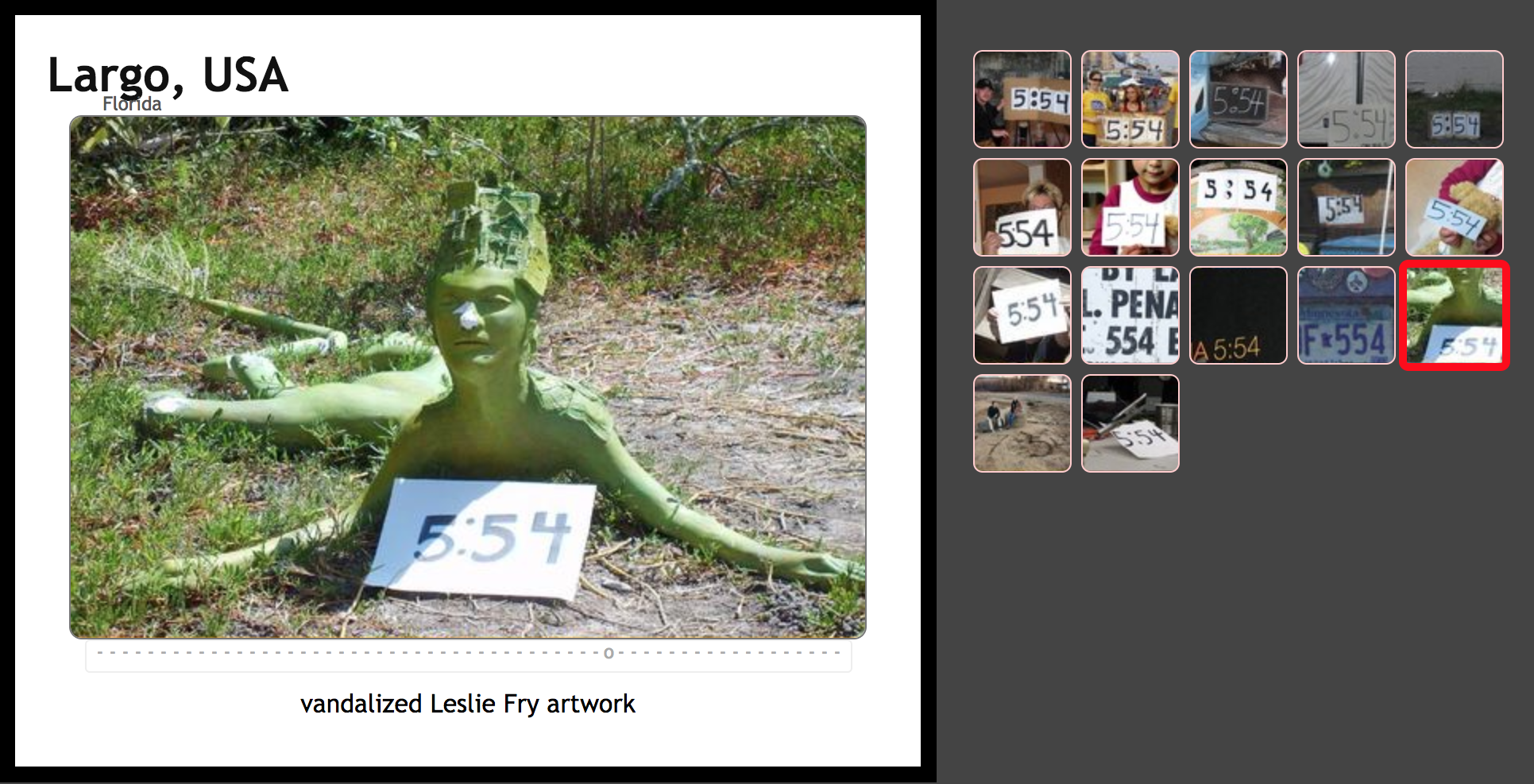“For me this approach to noise or noisiness, or dirt, or dirtiness, is a way to foreground as you say, an aberrance or perversion of normative message or what we might perceive to be logical reasoning. Because there is a poetics to that obviously and people who inspired me most directly in that matter would be Netochka Nezvanova, who did this comingling of functional code with highly politicized and poetic language.” – Glitch Expectations: A Conversation with Jon Cates
The idea of noise as aberrance is obvious but at the same time, poetic in a sense. Noise, defined as a disturbance of the norm, can be compared to glitch and destruction. We deconstruct a subject through destruction; and through this abstraction, our minds go through a different thought process to create a whole new meaning to the subject. Rather than seeing destruction as vandalism or something offensive, we see through the eyes of the artist and realise that destruction is a statement.
The iconic Mona Lisa, masterpiece by Da Vinci, was chosen as a symbol of traditional art form, representing not just all the paintings that exists in history, but also and the rules and properties tied to it. We printed an image of it on paper in black-and-white pieces before being assembled together into one image. Stripped from its colours, texture, and proper medium, this artwork is glitched intentionally. Devoid of its original meaning, the artwork is recreated as a symbol rather than to replicate the original.
In our iconoclastic performance of burning the Mona Lisa, we do not only reject traditional art rules and forms, but also releases “art” from its static medium, freeing itself from its own rigidity into a formless, seamless entity that is ever present. The resulting corpse, its ashes, is now a soulless and empty shell that flakes away. This corpse bears no resemblance to the original at all and is now just a relic of what it used to be.
The entire process of destruction — from the careful handling of the image of the Mona Lisa, to it being engulfed in flames, to the ashes it left behind — is captured in a video. By watching the video, the audience can get the idea that we are trying to convey. The new meaning of art that we have created have left the image that we burnt and enter the medium that we have recorded it in!
Video:
We see a similarity in Ant Farm’s Media Burn (1975), a performance that made an impactful statement against the influence of television and the American lifestyle. By smashing the car and television together, Ant Farm demonstrated, through destruction, the clash of the two core subjects that Americans were obsessed with at that time. The spectacle of the performance, rather than the destroyed meaningless pieces left behind, have caused awe and mass media attention which amplified its intended meaning as it have made use of the very medium that is is trying to address.
“Here noise exists within the void opposite to what (already) has a meaning. Whichever way noise is defined, the negative definition also has a positive consequence: it helps by (re)defining its opposite (the world of meaning, the norm, regulation, goodness, beauty and so on).” – Glitch Studies Manifesto
The idea of what brings meaning and what does not is in the matter of perspective. One can see positive in something negative, and thus, by shifting our perspectives to align to that of the artist, we are able to find a new meaning defined by the artwork. Similarly, the lack of imagery in the new Mona Lisa, although meaningless and ephemeral, is the product of a process that represents the new icon for art. The “corpse’s” lack of meaning is the very definition of its meaning, which is that art is finally freed, and its meaning can be everywhere.

